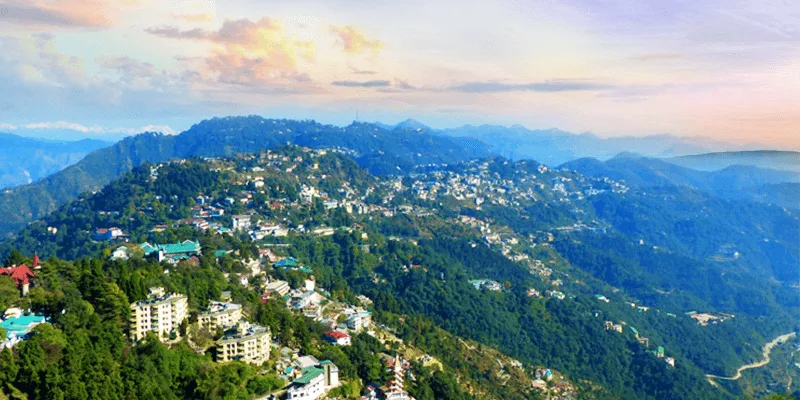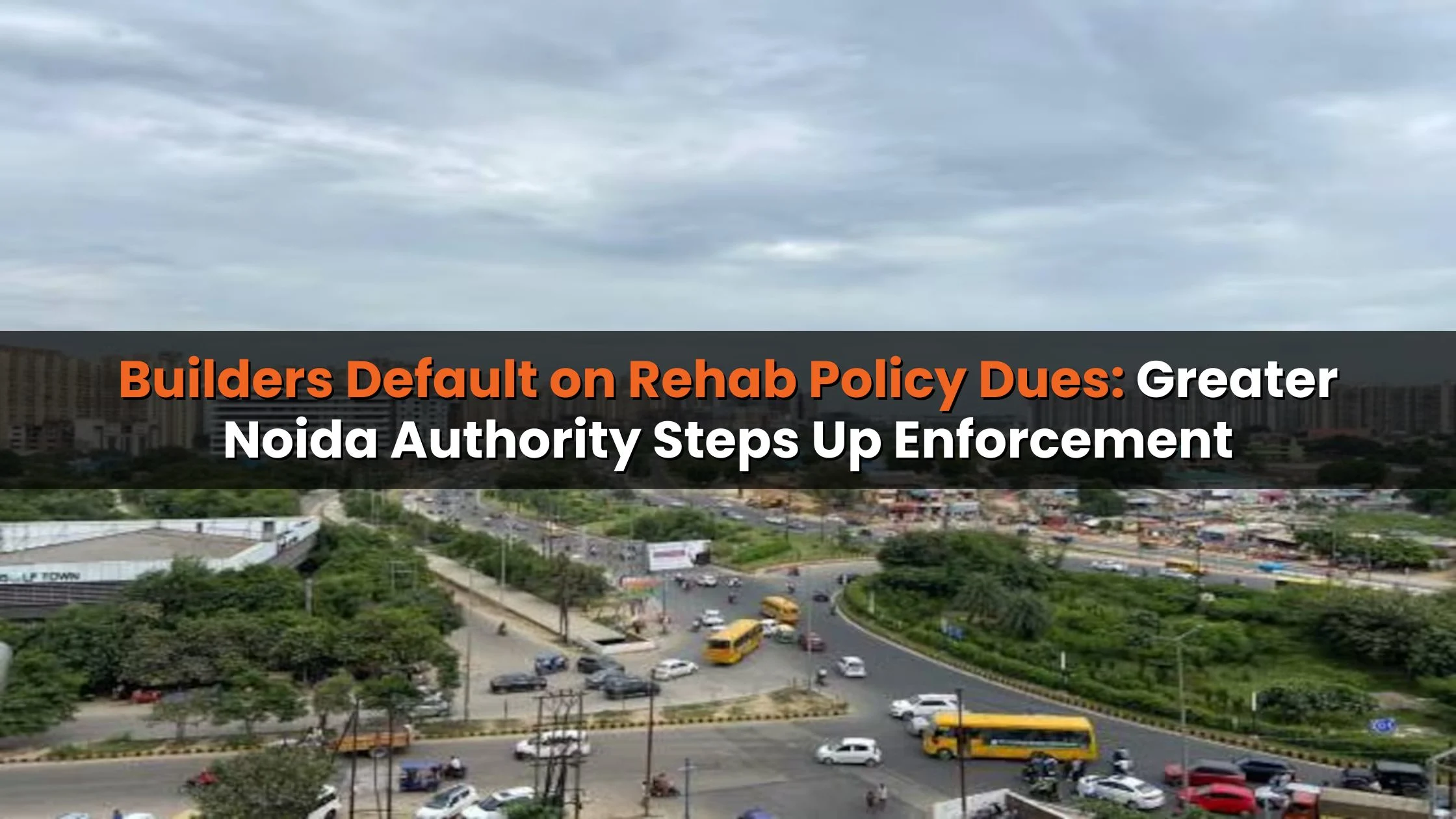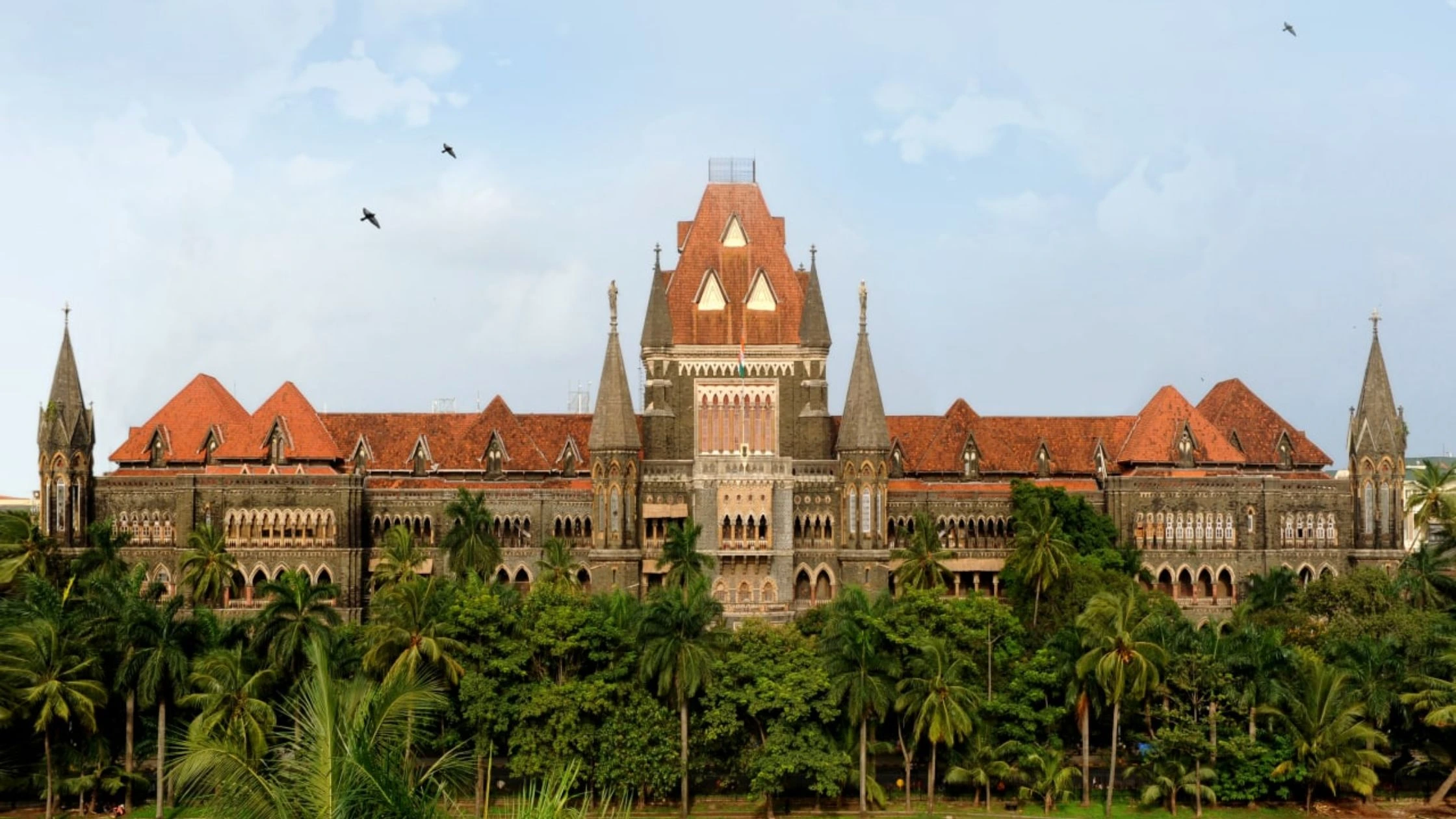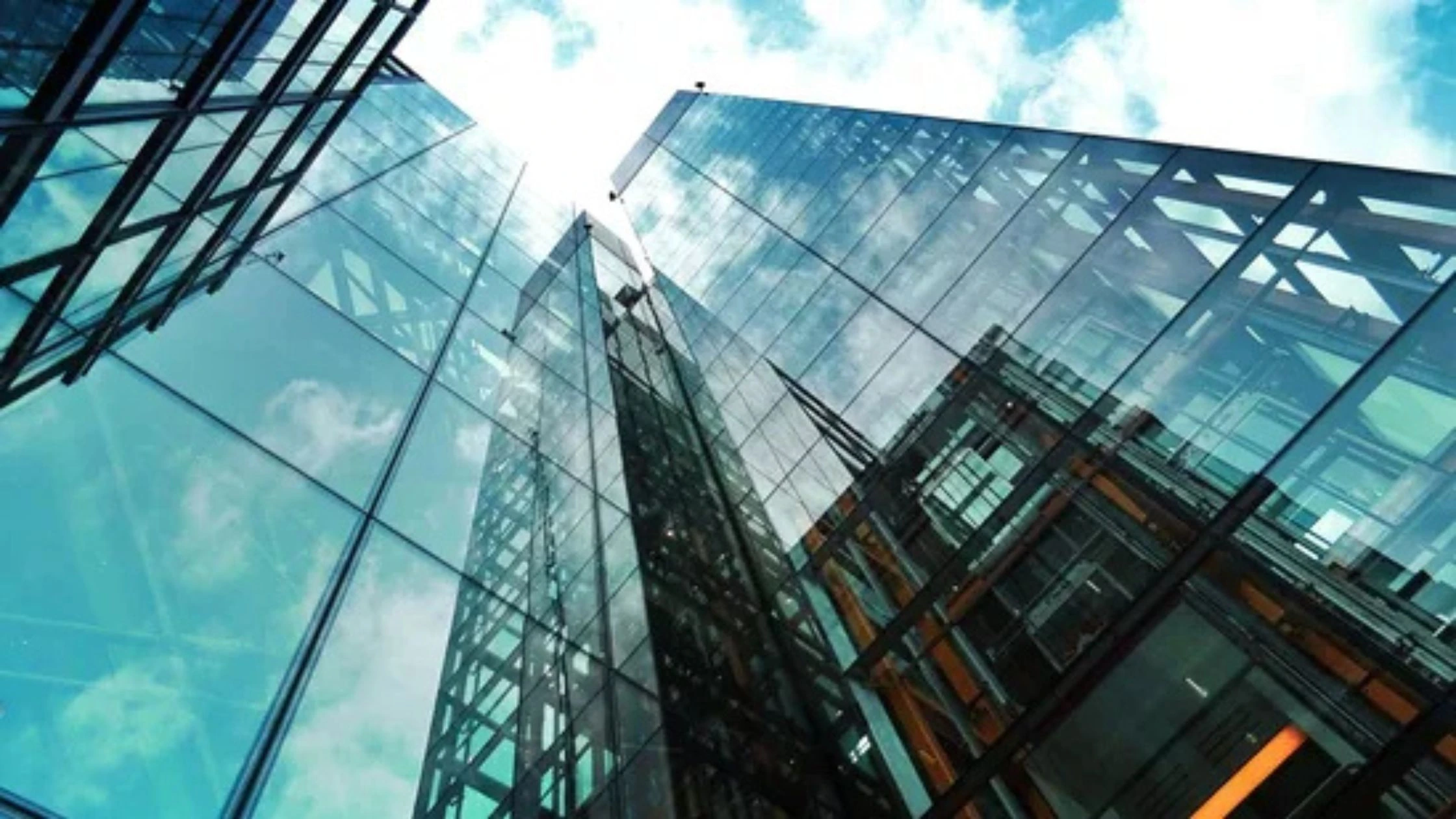Table of Content
- Uttarakhand Circle Rates Revision – Overview
- High-Value Localities and Key Hikes
- How the New Circle Rates Are Determined
- Impact on Residential and Commercial Properties
- Historical Context of Circle Rate Revisions in Uttarakhand
- Expert Opinions and Government Statements
- Future Outlook for Uttarakhand Real Estate Market
- Conclusion
The Uttarakhand government has announced a significant revision in property circle rates across the state, making land purchases increasingly expensive for buyers. The hike, ranging from 9% to 22%, reflects the state’s growing real estate demand and construction activity. On average, most areas have seen a 15% increase, signaling a boost in revenue for the state while affecting residential and commercial property markets.
This article provides an in-depth look at the Uttarakhand circle rates revision, highlighting high-value localities, calculation principles, and its implications for buyers, developers, and investors.
Uttarakhand Circle Rates Revision – Overview
Circle rates, often referred to as government-set property values, play a crucial role in property registration and taxation. They serve as the baseline value for stamp duty, registration fees, and property transaction assessments. The Uttarakhand government’s latest revision comes just two years after the 2023 update, which saw rates increase between 10% and 20%.
The key reasons behind this revision include a surge in construction activity, rising land demand, and the state’s objective to enhance revenue collection from property registrations. With growing urbanization and infrastructure projects, periodic updates to Uttarakhand circle rates ensure property values remain aligned with market realities.
Also Read: DDA to Hand Over 1,400 Flats at Kathputli Colony by March
High-Value Localities and Key Hikes
Dehradun’s Rajpur Road continues to hold the title of the city’s most expensive locality. Following the recent revision, circle rates here now range from Rs 60,000 to Rs 68,000 per square meter, marking a 9% increase. Thano Road, connecting Dehradun to the airport and Rishikesh, witnessed the steepest hike of 22%.
Other key stretches impacted include the area from the RTO office to the Mussoorie bypass on Rajpur Road. These hikes reflect the government’s focus on areas with high development potential and proximity to major transport routes.
How the New Circle Rates Are Determined
The updated Uttarakhand circle rates follow a clear methodology based on proximity to main roads. Properties closer to primary roads attract higher rates, while those further away are valued lower. The three distance categories applied are:
- Within 50 meters of the main road – highest rates.
- Between 50–350 meters – moderate rates.
- Beyond 350 meters – lower rates.
According to Bansidhar Tiwari, vice-chairman of the Mussoorie Dehradun Development Authority (MDDA), the revision process involved consultations with all 13 districts to ensure rates reflect local market conditions and construction activity.
Impact on Residential and Commercial Properties
The hike in Uttarakhand circle rates will directly impact the cost of residential flats, villas, and commercial spaces. First-time buyers and investors may face higher upfront costs for property registration, while developers might need to adjust project pricing to accommodate increased rates.
On the positive side, the state government stands to gain additional revenue, which can be reinvested in urban infrastructure, development projects, and improved public services.
Historical Context of Circle Rate Revisions in Uttarakhand
Circle rate revisions are not new to Uttarakhand. The previous update in 2023 increased property rates by 10%–20%, responding to rising construction activity and inflation. Such periodic adjustments help prevent property undervaluation during registration and ensure fair market valuation.
The latest increase, ranging from 9% to 22%, reflects ongoing demand for land in urban centers like Dehradun and key commercial corridors, maintaining alignment with the real estate market’s upward trajectory.
Expert Opinions and Government Statements
Officials emphasize that the revision balances the need for increased revenue with market affordability. Bansidhar Tiwari noted that inputs from all districts were considered before finalizing the hike. He highlighted that large-scale construction and rising land demand necessitated the revision.
Experts suggest that while the higher Uttarakhand circle rates may slightly slow speculative buying, they provide a realistic benchmark for property valuations, ensuring transparency and fairness in transactions.
Future Outlook for Uttarakhand Real Estate Market
Looking ahead, higher circle rates could influence buyer behavior, with individuals and investors factoring the increased registration costs into their budgets. Developers may accelerate projects in high-demand areas to capitalize on urban growth, while the government may leverage additional revenue for infrastructure improvements.
The revision also sets a precedent for other states, demonstrating how circle rates can be used strategically to manage urban development, prevent undervaluation, and encourage structured growth.
Conclusion
The recent increase in Uttarakhand circle rates, ranging from 9% to 22%, underscores the state’s booming real estate sector and the government’s focus on fair valuation and revenue generation. Dehradun’s key localities, including Rajpur Road and Thano Road, have witnessed significant hikes, impacting property buyers, investors, and developers alike.
Prospective buyers are advised to consider these updated rates when planning land purchases or property investments. Overall, the revision reflects Uttarakhand’s evolving urban landscape, highlighting both opportunities and challenges in the state’s growing real estate market.







Ans 1. Circle rates, also referred to as government-set property values, serve as the baseline for property registration and taxation. They are crucial because they determine stamp duty, registration fees, and the valuation of property transactions, ensuring that property deals reflect fair market values.
Ans 2. The latest revision has raised circle rates by 9% to 22%, with most areas seeing an average increase of approximately 15%. Thano Road near Dehradun recorded the highest hike of 22%, while Rajpur Road experienced a comparatively moderate rise of 9%.
Ans 3. High-value localities in Uttarakhand have witnessed significant adjustments. Rajpur Road in Dehradun continues to be one of the most expensive areas, while Thano Road, connecting Dehradun to the airport and Rishikesh, saw the steepest increase. Other important stretches, such as the corridor from the RTO office to the Mussoorie bypass on Rajpur Road, have also been impacted by the revised circle rates.
Ans 4. The revised rates are calculated based on a property’s proximity to main roads. Properties within 50 meters of a primary road attract the highest rates, those located between 50 and 350 meters are assigned moderate rates, and properties beyond 350 meters have comparatively lower rates. The revision process involved consultations with all 13 districts to ensure that rates accurately reflect local market conditions and ongoing construction activity.
Ans 5. The hike in circle rates will increase the upfront costs for buyers, including higher stamp duty and registration charges. This is likely to impact both residential and commercial property purchases, and buyers, especially first-time investors, will need to factor these higher costs into their budgets when planning acquisitions.
Ans 6. Developers may need to adjust project pricing to account for the higher circle rates. In some cases, the revision could encourage quicker project completion in high-demand areas, while speculative buying may slow down slightly due to the increased registration costs. Overall, developers will have to re-evaluate financial planning and project strategies to align with the revised rates.
Ans 7. By revising circle rates, the Uttarakhand government is expected to generate additional revenue from property registrations. This increase in revenue can be used to fund urban infrastructure development, enhance public services, and support planned urban growth across the state.
Ans 8. Circle rates in Uttarakhand are updated periodically to reflect market trends and ensure fair valuation during property transactions. The previous revision was implemented in 2023, which saw an increase of 10% to 20%, indicating that the government regularly reviews property rates to align with construction activity and demand.